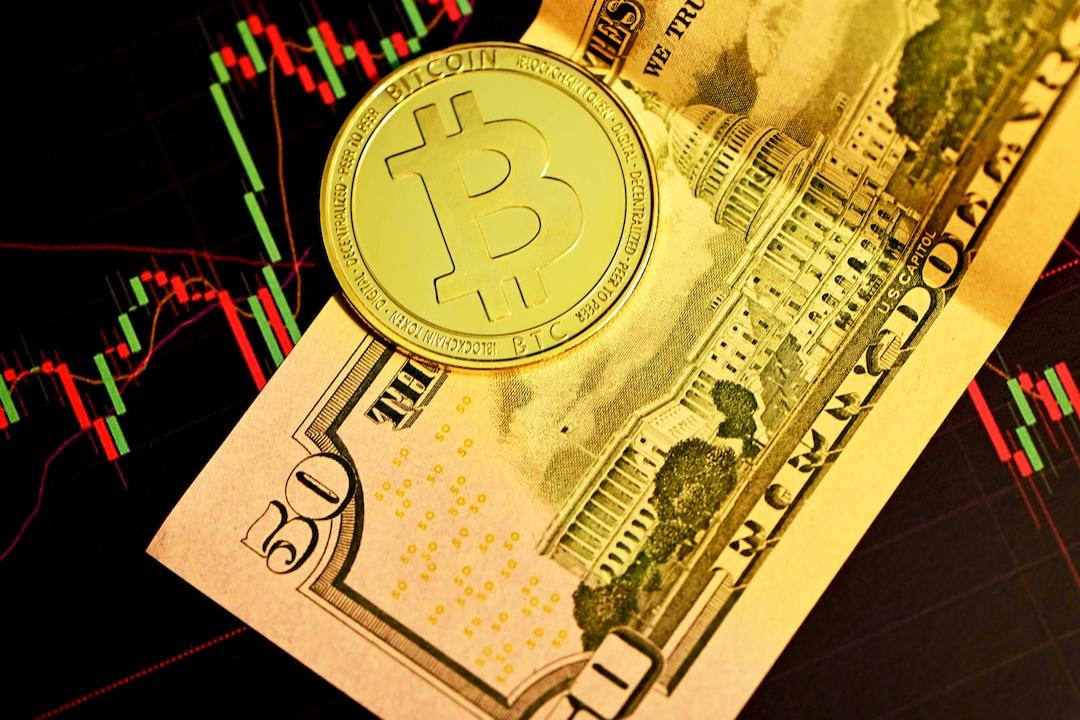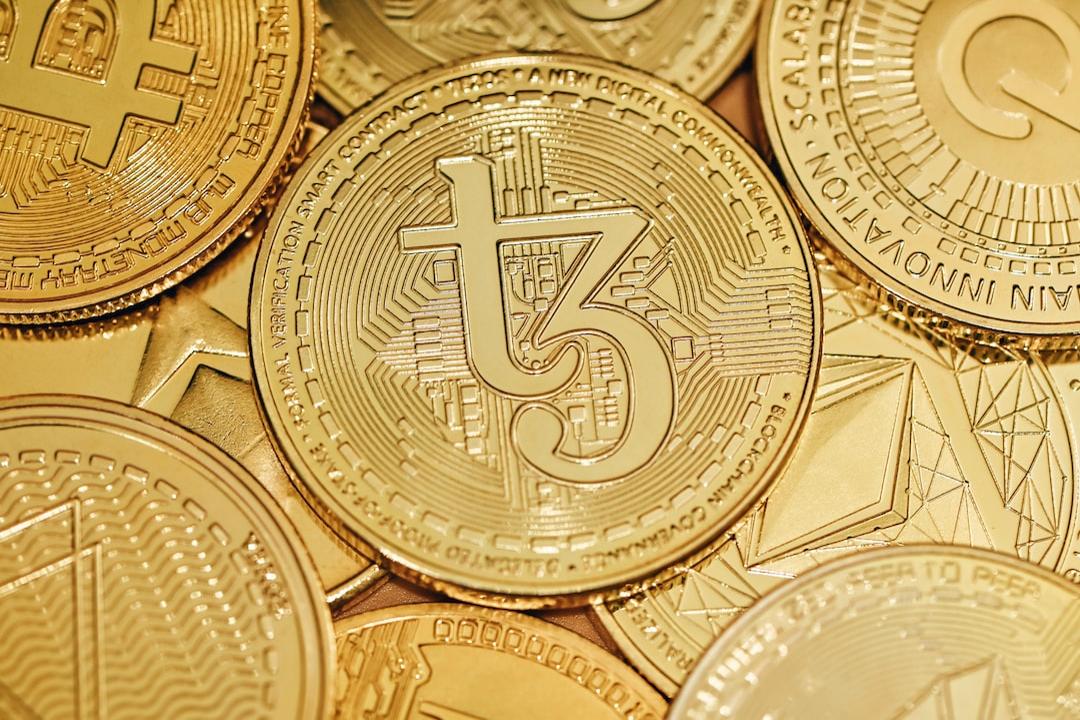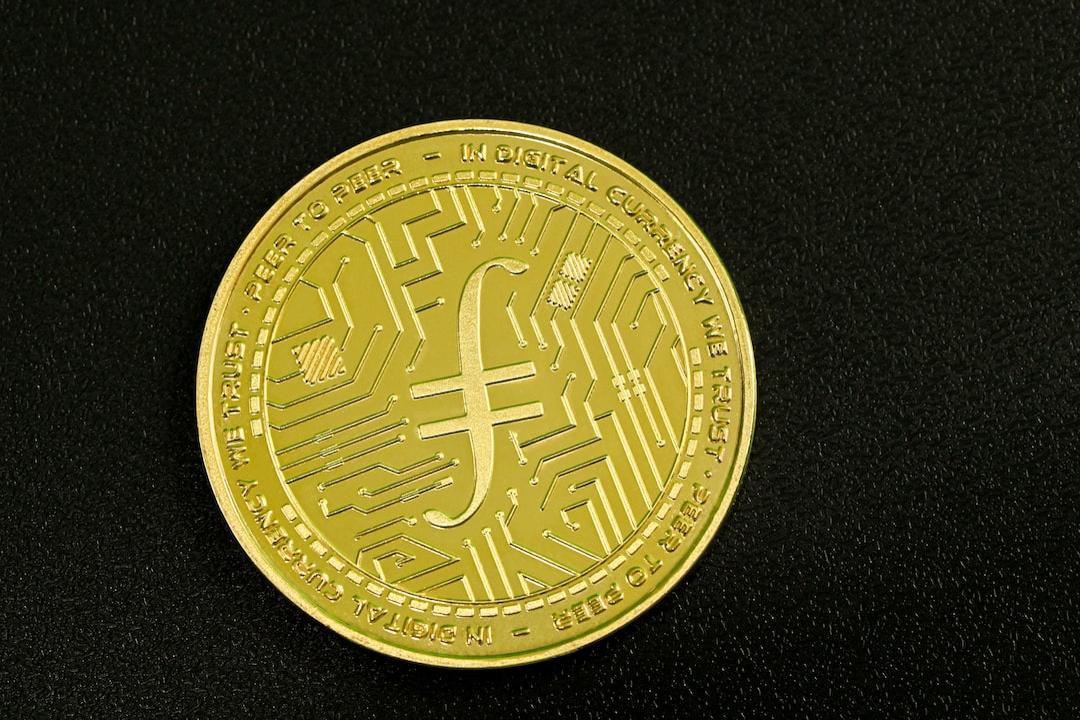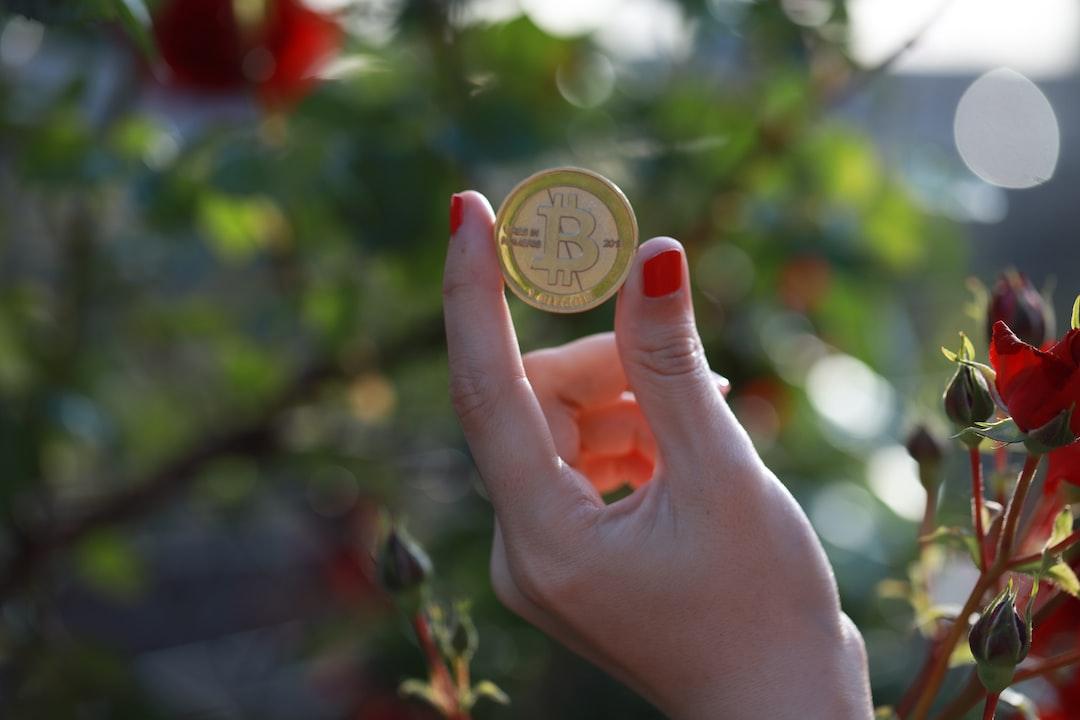Market Overview
Last week, the cryptocurrency market experienced a significant upward trend, with market sentiment shifting from a subdued state to a positive one.
(Background: Bitcoin broke below $93,000, with this week focusing on the earnings reports of the “Tech Giants”, U.S. employment data, and the delicate U.S.-China trade war.)
(Supplementary Background: Could the connection between MCP and Web3 lead to the next wave of AI-driven narratives?)
Overall Market Situation
Last week, the cryptocurrency market was on an upward trend, with the main market and most altcoins showing positive movements. The recent market sentiment, which had been sluggish, experienced significant relief, and the market sentiment index increased from 55% to 79%, moving into a bullish range.
The market capitalization of stablecoins continued the upward trend that began last week, with USDT reaching $145.7 billion and USDC reaching $61.9 billion, showing increases of 0.62% and 2.32%, respectively. This indicates that institutional capital has been increasing its involvement, particularly with a focus on U.S. funds. It is evident that the recent rally has significantly boosted the sentiment of U.S. investors, accelerating their entry into the market.
The surge in prices last week was primarily driven by the easing of U.S. tariff policies toward China, former President Trump’s statement that he did not plan to dismiss Federal Reserve Chairman Jerome Powell, and the appointment of new SEC Chairman Paul Atkins, who holds a friendly attitude toward the cryptocurrency industry. This combination facilitated the market’s strong rebound. However, the market still faces uncertainties related to the U.S. economy’s potential recession and tariff issues. Therefore, last week’s rally should be seen as a rebound from the previous oversold condition, rather than a full market reversal.
This Week’s Outlook
Bullish Targets: SOL, SNX
SOL: A Full Recovery of the Solana Ecosystem
With the market’s recovery this week, trading volumes of meme tokens on the Solana chain saw significant increases. The number of meme token purchases continued to exceed sales, driving a quick recovery in Solana’s on-chain data. Despite the losses caused by the previous retreat of the meme wave, investor interest in meme tokens remains strong.
Furthermore, after Pump.fun launched PumpSwap, its daily trading volume gradually increased, maintaining between $300 million and $480 million, representing 9% to 19% of the total Solana DEX trading volume. This shows that the meme market is gradually warming up. The activity in the meme token market contributes to the short-term price increase of SOL.

Solana Meme Token Buy/Sell Activity (Source: https://dune.com/pseudocode88_aux/solana-meme-token-analysis)

PumpSwap Daily Trading Volume (Source: https://dune.com/pseudocode88_aux/solana-meme-token-analysis)
Growth in Stablecoin Supply on the Solana Chain
The supply of stablecoins on the Solana chain has continued to grow rapidly, reaching over $12.8 billion, setting a new historical high. This growth reflects investor confidence in the Solana ecosystem and the demand for on-chain liquidity support. The ample supply of stablecoins provides important liquidity support for financial activities on the Solana chain, facilitating the development of the ecosystem. This liquidity not only boosts the activity of on-chain transactions but also offers investors more opportunities for trading and investment.

Stablecoin Situation on the Solana Chain (Source: https://defillama.com/chain/solana)
Growth in Solana DEX Trading Volume
In the past 24 hours, the decentralized exchange (DEX) on the Solana chain saw a trading volume exceeding $3.5 billion, indicating a recovery in on-chain activity. The supply of stablecoins also continued to grow, recently surpassing $18.2 billion. This reflects investor confidence in the Solana ecosystem and provides more liquidity support for on-chain activities.

Solana DEX Trading Volume (Source: https://defillama.com/chain/solana)
Solana’s Decentralization Policies
The Solana Foundation has launched new policies to enhance decentralization. For new validators added to its delegation plan, if certain validators have qualified for Solana Foundation delegation for at least 18 months on the mainnet and have less than 1000 SOL staked outside the foundation’s delegation, three of them will be removed. This policy aims to reduce reliance on the foundation’s delegation and encourage validators supported by the community.
Institutional Companies Increase Stake
Canadian-listed investment company SOL Strategies issued $500 million in convertible bonds to purchase and stake SOL. After this announcement, SOL Strategies’ stock price surged by 23.5%. SOL Strategies intends to follow Michael Saylor’s MicroStrategy model, issuing convertible bonds to acquire BTC and raise its stock price. If successful, this move will provide substantial support for SOL’s price. Additionally, a new emerging trend is that traditional companies are starting to gradually increase their SOL holdings in various ways.

Positive News for SOL Spot ETF
Solana’s spot ETF application has been delayed, but with the appointment of new SEC Chairman Paul Atkins, the situation may change. Paul Atkins has a friendly attitude toward the cryptocurrency industry and has made building a clear digital asset regulatory framework a priority. This is a positive sign for the approval of Solana’s spot ETF and could further push the price of SOL upward.
SNX: From Pegging Crisis to Revival Hope, How Synthetix is Rebuilding Market Confidence
Recently, Synthetix’s algorithmic stablecoin sUSD encountered a significant de-pegging event due to adjustments in Synthetix’s debt management mechanism under the SIP-420 proposal. The price of sUSD dropped to as low as $0.68, and SNX dropped to $0.55. Synthetix’s total locked value (TVL) fell to $72.23 million, shaking market confidence in Synthetix.
Restoration Measures
Liquidity Incentives: Synthetix increased the yield on staking sUSD/sUSDe LP on Convex to 49.18% to attract more liquidity.
Deposit Incentives: Through the Infinex project, Synthetix incentivizes users to deposit sUSD, distributing 16,000 OP rewards weekly to users who deposit over 1000 sUSD, for six consecutive weeks.
Staking Incentives: Synthetix allows users to stake sUSD in Pool 420, with a one-year staking period yielding 5 million SNX as incentives.
Negative Incentives and Staking Optimization: Stakers are required to deposit a certain proportion of sUSD. If the standard is not met, debt relief will be suspended. The ratio will increase when there is a deviation in the peg. Additionally, SNX staking will be pooled to expand the sUSD supply, supporting multi-collateral and off-chain order matching with Perps V4.
Market Response
These measures have helped the price of sUSD recover to a high of $0.88, and the price of SNX has increased to $0.74. Furthermore, Synthetix’s TVL has risen from $72.23 million to $89.25 million, a 23.56% increase.
Subsequent Impact
Although the de-pegging issue with sUSD has not been completely resolved, Synthetix’s proactive measures have instilled hope for recovery in the market. If the price of sUSD can return to $1, investor confidence in Synthetix may be restored, which could further drive up the price of SNX.

Synthetix’s TVL Situation (Source: https://defillama.com/protocol/synthetix#information)
Bearish Targets: REZ, OMNI
REZ: Restaking Struggles and Token Unlock Leading to Potential Sell-off
Renzo is a liquidity restaking protocol based on the EigenLayer ecosystem, aimed at simplifying staking mechanisms for end-users and enabling quick collaboration with EigenLayer node operators and Active Validator Services (AVS). Due to the recent underperformance of the Ethereum ecosystem and a continuous low price for ETH, staking rates for ETH have dropped, causing the Restaking sector to lose market attention. On April 30, 864 million REZ tokens will be unlocked, accounting for 8.64% of the total locked amount, with 21% circulation rate, and the unlocked tokens are primarily held by institutional investors and project teams. Due to the current low interest in Restaking projects and Ethereum’s poor performance, the large token unlock may lead to a significant sell-off, potentially impacting REZ’s price.
OMNI: Large Token Unlock Imminent, Increasing Market Sell-off Risk
Omni is an interoperability layer for Ethereum, establishing low-latency communication between all Ethereum Rollups, enabling Ethereum to function as a cohesive system in the modular era. Recently, Ethereum’s ecosystem has been underperforming, and Layer-2 projects have also seen poor results. As the project linking all Layer-2s, Omni has lost its value. On May 2, 16.63 million OMNI tokens will be unlocked, accounting for 16.64% of the total locked amount, with only a 19% circulation rate, essentially doubling the number of circulating tokens. Based on the linear unlock schedule published in its whitepaper, the tokens will primarily be unlocked for institutional investors and project teams. Given the current low interest in Omni and its underperformance, this large unlock is likely to trigger a sell-off, affecting OMNI’s price.


